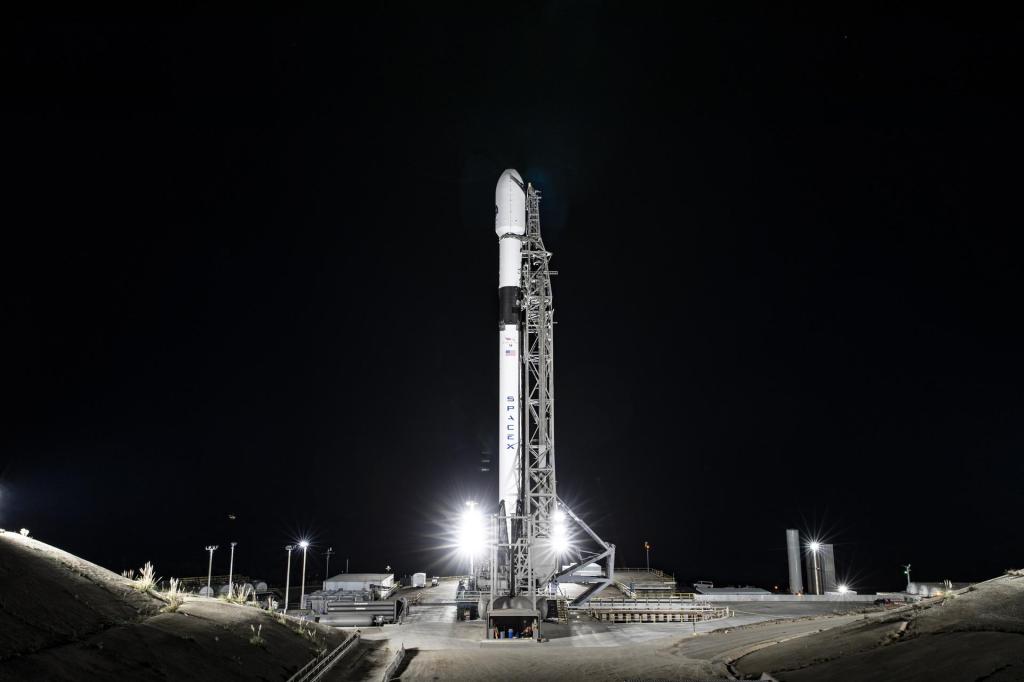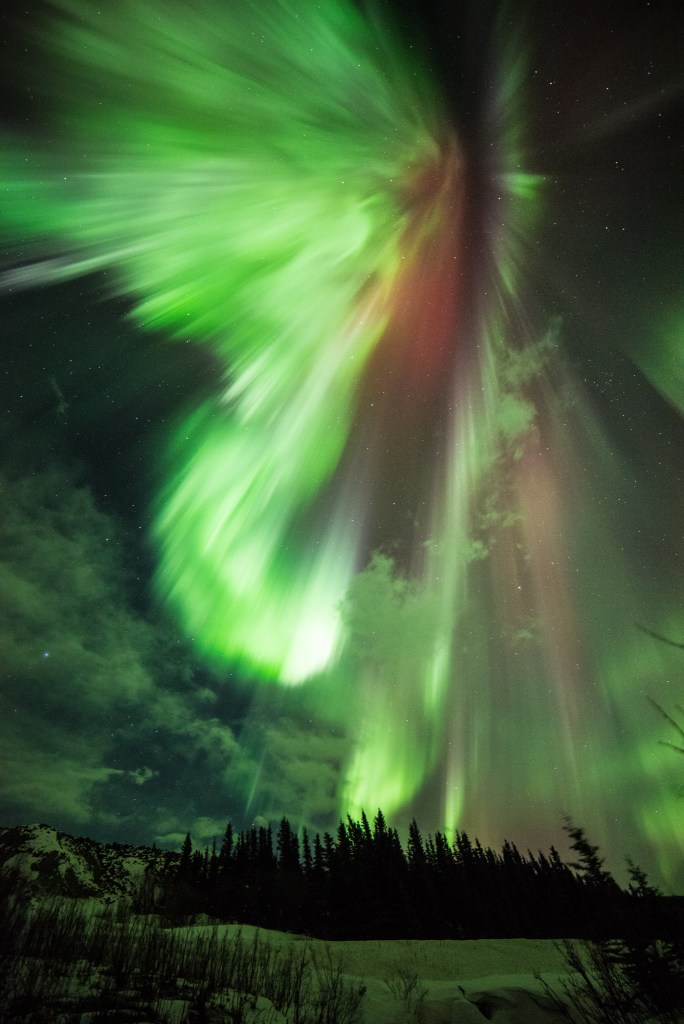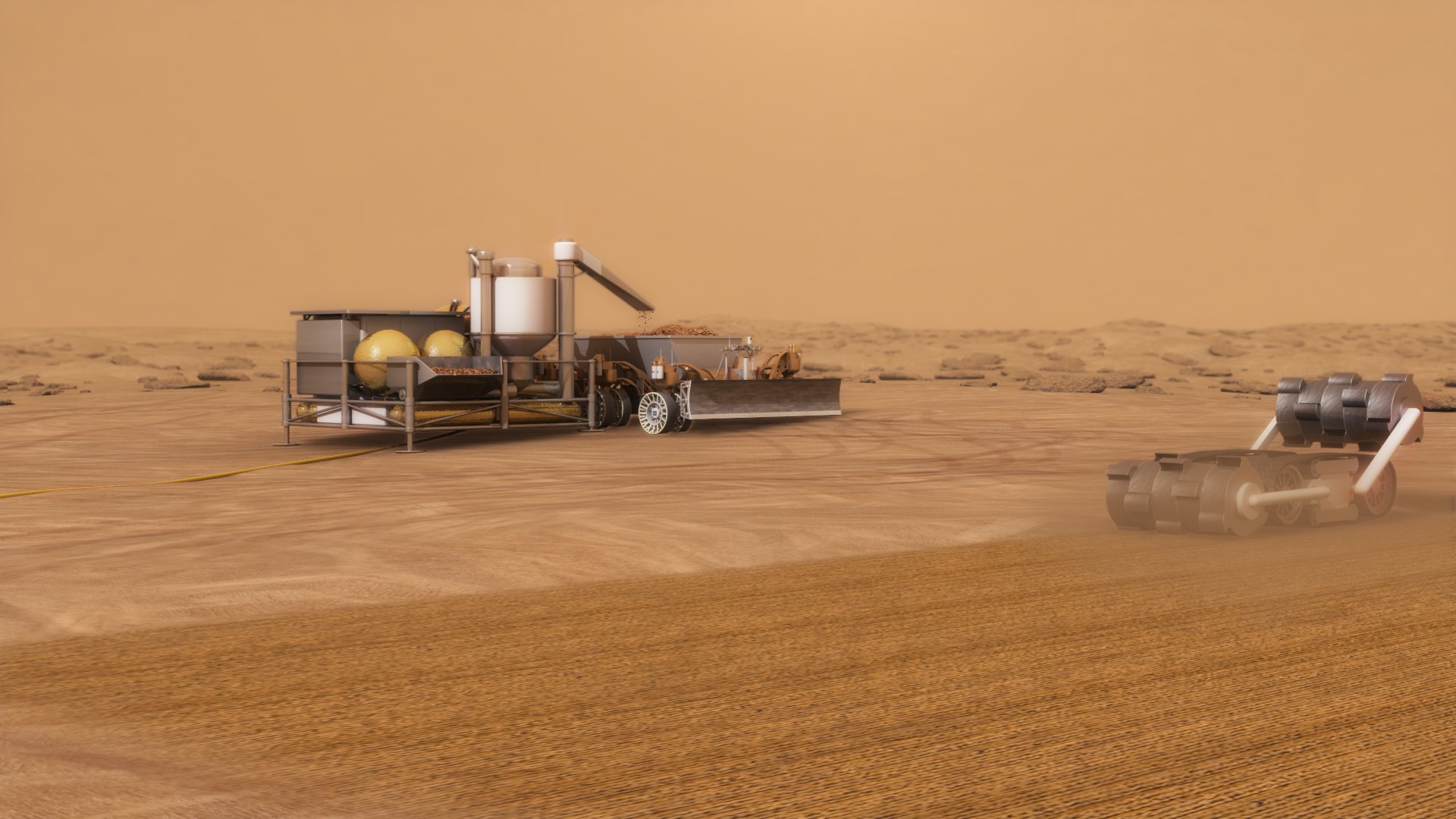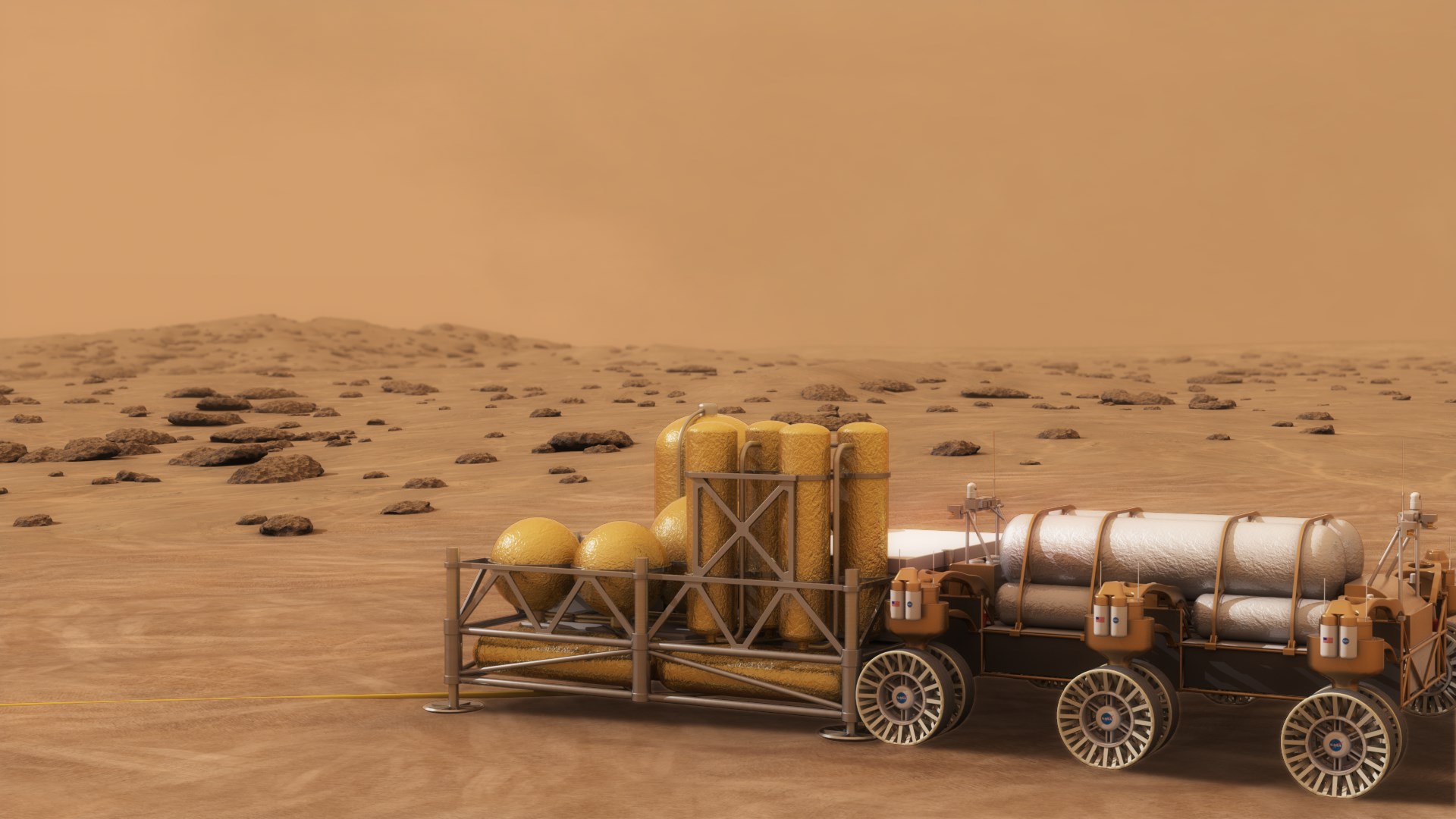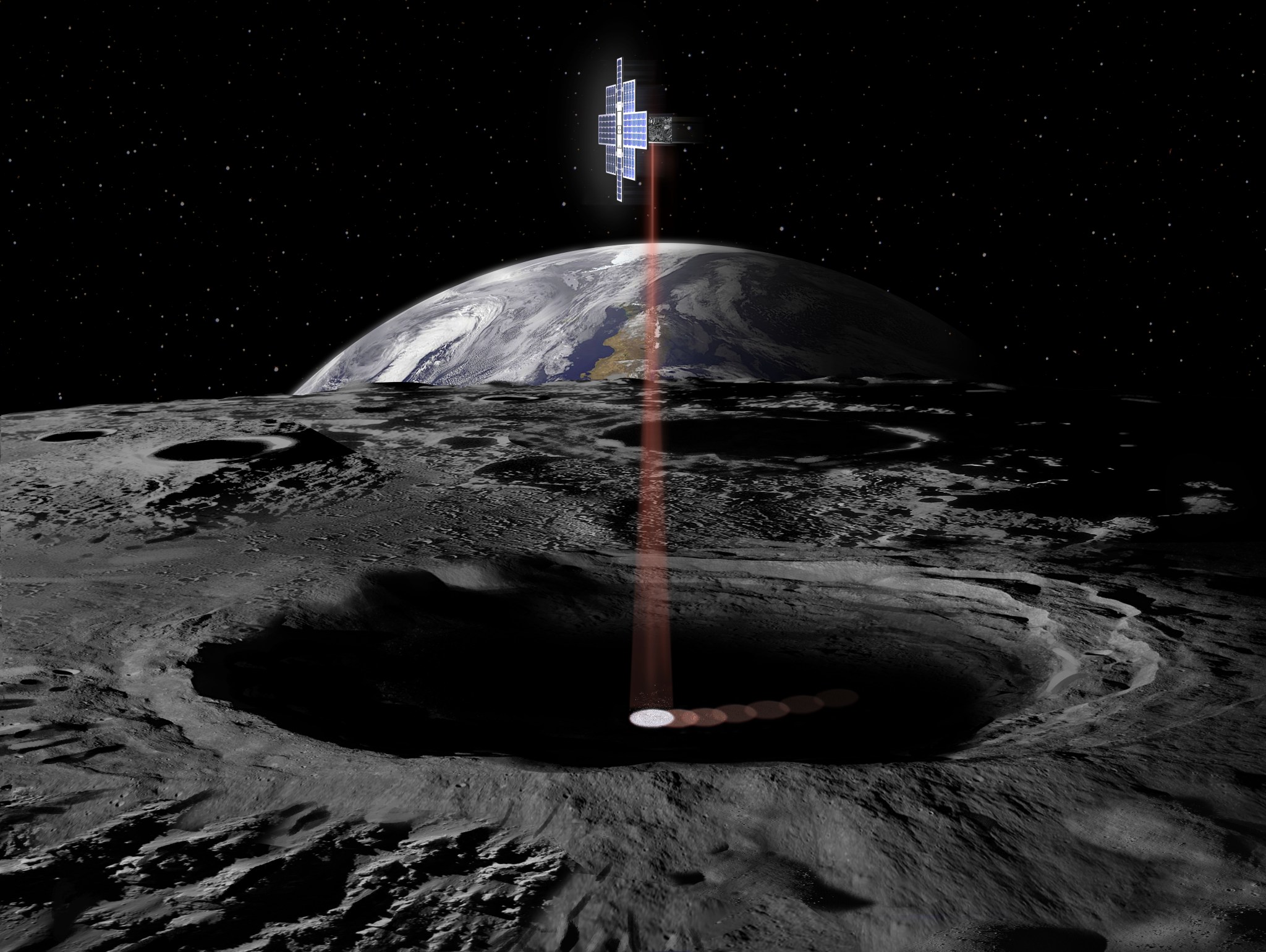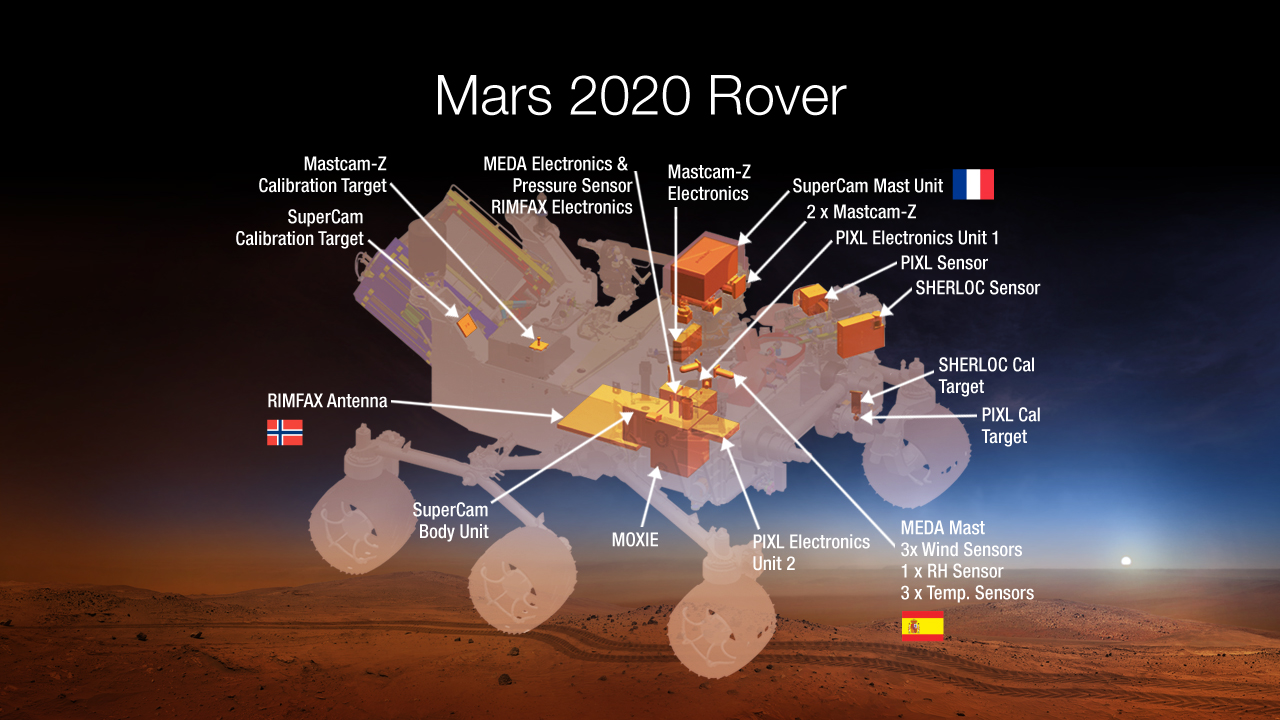Using Space-Based Resources for Deep Space Exploration
When NASA returns to the Moon with the Artemis program, we plan to put in place sustainable infrastructure that will allow us to explore and study more of the Moon than ever before. Crew will stay on the surface and in lunar orbit for longer periods of time. We need a better understanding of what resources are accessible on the Moon today to support that exploration and what technologies work to process those resources. Demonstrating this on the Moon will help us get us ready for missions farther into the solar system, including Mars.
To live and work in deep space for months or years may mean crew members have less immediate access to the life-sustaining elements and critical supplies readily available on Earth. NASA will send cargo, experiments and other supplies to the Gateway in lunar orbit to support exploration on and around the Moon. However, the farther humans go into deep space, the more important it will be to generate products with local materials, a practice called in-situ resource utilization (ISRU).
NASA’s Lunar Surface Innovation Initiative will develop and demonstrate technologies to use the Moon’s resources to produce water, fuel, and other supplies as well as capabilities to excavate and construct structures on the Moon.
Using available sunlight is the most common form of ISRU and has been employed on spacecraft for many decades. For example, the space station is equipped with large solar arrays to harness the Sun’s energy and generate the power needed to support a continuous crew presence aboard station since November 2000. The Gateway’s power and propulsion element also will use solar arrays for power.
As human space exploration evolves toward longer journeys farther from our home planet, ISRU will become increasingly important. Resupply missions are expensive, and as astronaut crews become more independent of Earth, sustained exploration becomes more viable. For travel in space, as on Earth, we need practical and affordable ways to use resources along the way, rather than carrying everything we think will be needed. Future astronauts will require the ability to collect space-based resources and transform them into breathable air; water for drinking, hygiene, and plant growth; rocket propellants; building materials; and more. Mission capabilities and net value will multiply when useful products can be created from extraterrestrial resources.
Each spacecraft, crewed or robotic, may encounter a vast spectrum of potential resources during its mission. As NASA refines its understanding of the space resources that may be available, and advances the technologies to use them, space architects can incorporate the latest knowledge, designs, and capabilities into their evolving mission concepts and exploration plans to improve efficiency and sustainability.
Some of the most promising space-based commodities that could enable substantial reductions in the mass, cost, and risk of human space exploration include oxygen, water, and methane. These products are critical for sustaining crew and for space propulsion and power systems. They may be derived from space resources such as the carbon dioxide-rich Mars atmosphere and water deposits based in lunar, Mars, and asteroid soil (also called regolith). Deposits of water and other useful volatiles, which are substances that evaporate easily at moderate temperatures, are not yet fully characterized, and work remains to understand their accessibility. Accordingly, NASA’s priorities for advancing ISRU include exploring volatile deposits at destinations of interest so resource potential can be determined, and extraction and utilization equipment can be properly designed.
Current Missions
Our robotic ambassadors in orbit and on the surface of the Moon and Mars have proven that soils containing volatiles exist on both bodies.
- The Lunar Reconnaissance Orbiter has returned our highest-quality images and a treasure-trove of data from the lunar surface that indicate the presence of water ice buried under the lunar regolith at certain locations.
- The Volatiles Investigating Polar Exploration Rover or VIPER is a mobile robot that will go to the lunar South Pole in 2023 to get a close-up view of the location and concentration of water ice that could eventually be harvested to sustain human exploration on the Moon, Mars — and beyond. VIPER represents the first resource mapping mission on another celestial body.
- The Lunar CRater Observation and Sensing Satellite mission launched along with the lunar orbiter was directed to impact the lunar surface. Observations of the resulting 10-mile-high plume showed that nearly five percent of the regolith was composed of water and another five percent contained additional volatiles including methane, ammonia, hydrogen, carbon dioxide, and carbon monoxide.
- NASA and other space agencies are conducting international coordination of lunar polar volatiles exploration to increase scientific knowledge, to determine their viability as potential resources, and to use the Moon as a proving ground for Mars ISRU technologies.
- NASA is developing several lunar CubeSat missions specifically aimed at trying to better locate where water ice might be found and how much water ice might be available:
- For Mars exploration, NASA’s MOXIE or Mars Oxygen In-Situ Resource Utilization Experiment will prepare us for future exploration of Mars. Launching on the Perseverance rover this year, MOXIE will demonstrate how future Mars explorers might produce oxygen from the Martian atmosphere for propellant and breathing.
While we have learned a lot from these past and on-going missions about water and other volatile resources at the Moon, Mars, and asteroids, there are still knowledge gaps about the location, form, concentration, and distribution of these resources and how best to extract and process them into usable products.
ISRU Investments
NASA is making long-term investments to advance ISRU technology in multiple areas, including particular focus on:
- Regolith-based volatiles resource acquisition and processing;
- Regolith-based in-space manufacturing and construction;
- Mars atmosphere-based resource acquisition and processing.
Regolith-Based Volatiles Acquisition and Processing Technology
NASA is developing component and system technologies to excavate or drill into regolith-based water deposits from various regions on the Moon, Mars, and asteroids, and to process, transport, and store these resources as exploration products such as oxygen, drinkable water, and, when integrated with Mars atmosphere processors, methane. The eventual goal is to advance ISRU system-level technology readiness to provide human mission commodities such as propellant, fuel cell reactants, and life support consumables.
NASA and its industry, university, and international partners have demonstrated several important ISRU technologies and systems associated with excavation, processing, and mission commodity production and usage with simulated extraterrestrial surface materials and terrains. These demonstrations, known as analog field tests, validated ISRU hardware and concepts but only for short durations and under Earth environmental conditions. New efforts are now required in this area to design and demonstrate ISRU systems at high production rates, in simulated space environments, and for long mission durations.
In-space Manufacturing and Construction
Advancements in additive manufacturing, or 3D printing, may make it possible to use regolith harvested on the Moon.
The U.S. Army Corps of Engineers has similar—although more terrestrial—goals to use in-situ materials to develop structures in the field, without the added logistical challenge of getting construction materials to the field.
Through the Additive Construction for Mobile Emplacement project, NASA and the U.S. Army Corps of Engineers have partnered to advance the technology readiness level of 3-D additive construction capabilities, as well as excavation and handling technologies to produce in-situ feedstock. NASA’s Centennial Challenges, together with industry partners with advanced manufacturing interests, established a competition to demonstrate 3D printing of a deep space habitat. The multi-phase challenge helped advance construction technology needed to create locally-sourced housing solutions on Earth and beyond.
Mars Atmosphere-Based Resource Acquisition and Processing Technology
NASA’s first lander on Mars, Viking, returned important data about the atmosphere, revealing that it is made up of 95.9 percent carbon dioxide. Based on this discovery and information returned by subsequent robotic missions, NASA has developed technologies to convert Mars’s carbon dioxide int Observation and Sensing Satellite mission launched along with the lunar orbiter was directed to impact the lunar surface. Observations of the resulting 10-mile-high plume showed that nearly five percent of the regolith was composed of water and another five percent contained additional volatiles including methane, ammonia, hydrogen, carbon dioxide, and carbon monoxide. NASA and other space agencies are conducting international coordination of lunar polar volatiles exploration to increase scientific knowledge, to determine their viability as potential resources, and to use the Moon as a proving ground for Mars ISRU technologies.
Data from instruments on Mars orbiters and landers have shown that water exists in many forms and concentrations across the planet. A recent finding revealed that ice makes up at least half of an underground layer covering a large region of Mars that is located about halfway between the equator and the north pole. The amount of water represented in this discovery is about as much water as Lake Superior. Asteroids, particularly carbonaceous chondrite, or C-type asteroids, are believed to be another source of space-based volatiles and minerals.
NASA’s ISRU technology development approach, both to use in-house engineering skills and to engage industry and academia through multiple approaches such as solicitations, fellowships, space act agreements, and public-private partnerships.
While we have learned a lot from past and ongoing missions about water and other volatile resources at the Moon, Mars, and asteroids, there are still knowledge gaps about the location, form, concentration, and distribution of these resources and how best to extract and process them into usable products.








